Why is the Indian Rupee Depreciating Against the US Dollar?
6. Persistent Inflation The exchange rate depends largely on the country's inflation rate. The Indian economy in general is going through a state of turmoil an
- by B2B Desk 2024-04-09 08:56:05
Causes for the Indian Rupee's Depreciation against the U.S. Dollar:
1. Global economic slowdown
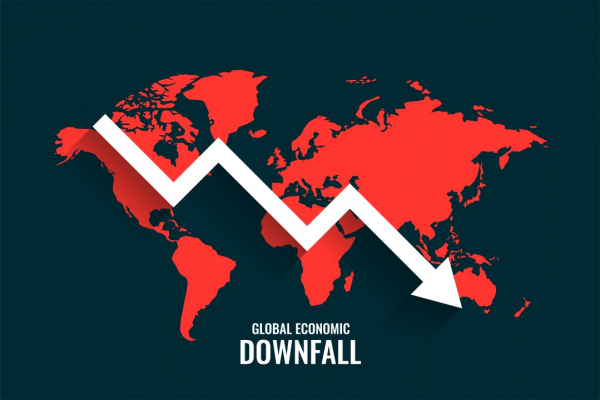
The decline of the stock markets and the Indian currency can be attributed to the significant impact of the worldwide economic deceleration. The Indian rupee's value dropped as a result of the economic downturn and did not manage to bounce back. Hence, exchanging USD for INR consistently leads to financial deficits. The rupee's consistent poor performance against the US dollar, attributed to the worldwide economic decline, has led to significant losses for certain traders.
2. Crude oil prices
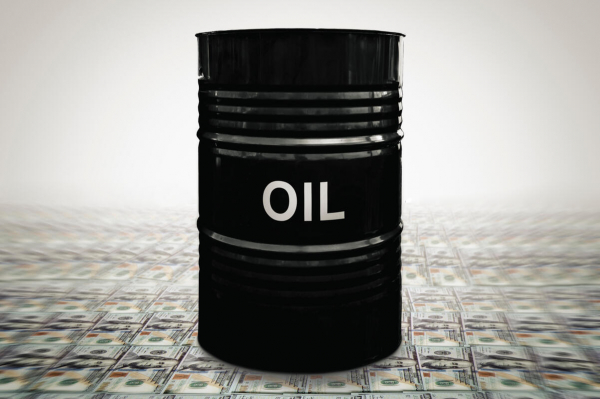
The choice made by the Organization of the Arab Petroleum Exporting Countries, also referred to as OAPEC, to reduce production, along with the decision of the Gulf countries to raise the price of crude oil, led India to seek loans in foreign currency. India had to take out a loan in foreign currency, leading to a devaluation of the rupee. India, despite its strong financial status globally, lacks effective strategies to improve its economic condition. Meanwhile, the USA is implementing clever strategies to surpass current business tactics and ultimately dominate the global market. The ongoing discussion between USD and INR continues to strike a chord with the public. The USD has maintained a strong position against the INR for the past twenty years. As long as no modifications are implemented in this system, the rupee will keep losing value compared to the US dollar.
The United States is the largest importer of crude oil. When crude oil prices fall, the United States saves more dollars by purchasing it. This strengthens the dollar, which leads to another reason for the depreciation of the rupee against the dollar.
3. India’s trade deficit
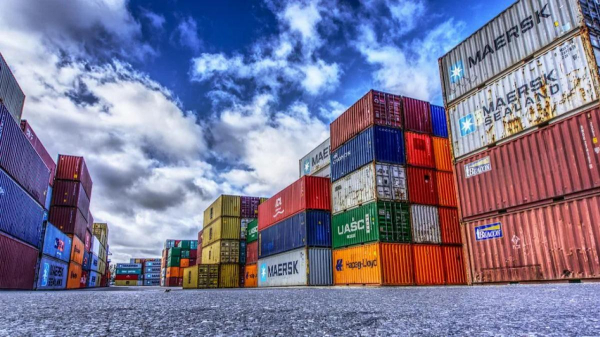
Indian exports contracted for the thirteenth straight month in December 2015, with overseas shipments shrinking by 14.75% to $22.2 billion amid slowing global demand. Imports also decreased by 3.88% to $33.9 billion. The trade deficit widened during the month to $11.6 billion, compared to $9.17 billion in the previous year. This heavy trade deficit weakens the Indian rupee in the online forex market. The global economic slowdown coupled with trade deficit is a deadly combination that is paving the way for depreciation of the current rupee against the US dollar. Without any smart plans that will strengthen the roots of the Indian rupee, the value of the rupee against the dollar will face problems forever.
4. FIIs and DIIs

Foreign institutional investors (FIIs) have been in selling mode in the equity sector for the last three months and have sold up to Rs. 7,146 crores. On the other hand, net buying by domestic institutional investors (DIIs) was Rs 1.5 lakh crore. 9,249 crores during the same period. As there are more purchases than sales, the value of the Indian rupee decreases. If this selling streak continues over the next few years, the value of the rupee against the US dollar will fall immeasurably, causing a lot of deficits and huge problems for travelers and Forex users.
5. The difference in interest rates
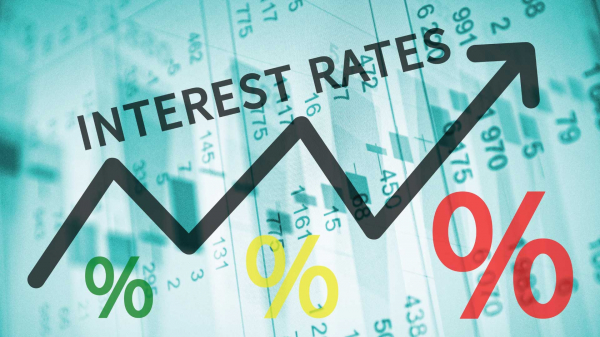
The way the Indian economy works is very different from the American economy. The total fiscal deficit rose from 9.0% of GDP in the period 1980-1981 to 10.4% in the period 1985-1986, then rose to 12.7% in the period 1990-1991. This GDP deficit was balanced by foreign currency mining which led to foreign exchange reserves drying up. Another event led to the depreciation of the rupee. The interest rates set by the Reserve Bank of India against the fixed Indo-US currency have led to a massive drain on companies located globally. Even those countries that import a lot of resources from emerging markets are also affected by this. Due to this difference in interest rates, the foreign exchange conversion from US Dollar to Indian Rupee turns red.
Caution should be exercised regarding the various policies adopted by the government, in order to expect the rupee to appreciate against the US dollar in the coming years. Interest rates must be properly controlled and monitored to prevent any further depreciation of the rupee.

The exchange rate depends largely on the country's inflation rate. The Indian economy in general is going through a state of turmoil and the inflation rate does not appear to be declining or stabilizing, which leads to a weak exchange rate between the US dollar and the Indian rupee. The ongoing turmoil in the devaluation of the rupee against the US dollar is creating multiple issues in the country's economy, making it a cause for concern.
7. Current account deficit
The depreciation of the Indian rupee is mainly caused by the increasing current account deficit, possibly as a result of the serious issues impacting the eurozone.
The Eurozone has historically been one of India's major trading partners. The growing current account deficit has depleted our foreign exchange reserves and thus led to the depreciation of the Indian rupee.
Regular trading activities must be carried out to protect the country's current accounts and reduce the deficit as much as possible. Due to this, the rupee will have some chances of improvement against the US dollar. It all depends on how the government reacts to this issue and makes the right decisions in its favor.
These are the main reasons for the fall of the Indian Rupee against the US Dollar. It is important for anyone who travels frequently to be aware of these factors and make a wise decision when converting US Dollar to Indian Rupee without incurring huge losses.
However, on the other hand, the debate over the Indian Rupee versus the US Dollar will continue to intensify depending on the issues that arise in the near future. Travelers need to take appropriate measures to counter this as the difference in values while traveling to a country can cause them a lot of problems. The value of the rupee against the US dollar is a hot topic of discussion in the relevant committees and we hope that there will be a change in the near future.
Also Read: Want to make money from the stock market? Remember these 3 key rules

POPULAR POSTS
Loan EMIs to Drop as RBI Slashes Repo Rate - Full MPC December 2025 Highlights
by Shan, 2025-12-05 11:49:44
Zoho Mail vs Gmail (2025): Which Email Platform Is Best for Businesses, Startups, and Students?
by Shan, 2025-10-09 12:17:26
PM Modi Launches GST Bachat Utsav: Lower Taxes, More Savings for Every Indian Household
by Shan, 2025-09-24 12:20:59
$100K H-1B Visa Fee Explained: Trump’s New Rule, Clarifications & Impact on Indian Tech Workers
by Shan, 2025-09-22 10:11:03
India-US Trade Deal Soon? Chief US Negotiator Arrives in Delhi as Talks Set to Begin Tomorrow
by Shan, 2025-09-15 11:54:28
Modi Meets Xi: Trump’s Tariffs, Strategic Autonomy, and the Future of Asia’s Power Balance
by Shan, 2025-09-03 06:40:06
Google Claims Gemini AI Uses Just ‘Five Drops of Water’ Per Prompt, Sparks Debate
by Shan, 2025-08-22 12:34:27
RECENTLY PUBLISHED

Pine Labs IPO 2025: Listing Date, Grey Market Premium, and Expert Outlook
- by Shan, 2025-11-05 09:57:07

The Agentic Revolution: Why Salesforce Is Betting Its Future on AI Agents
- by Shan, 2025-11-05 10:29:23

Top 10 Insurance Companies in India 2026: Life, Health, and General Insurance Leaders Explained
- by Shan, 2025-10-30 10:06:42

OpenAI Offers ChatGPT Go Free in India: What’s Behind This Big AI Giveaway?
- by Shan, 2025-10-28 12:19:11

Best Silver Investment Platforms for 2025: From CFDs to Digital Vaults Explained
- by Shan, 2025-10-23 12:22:46


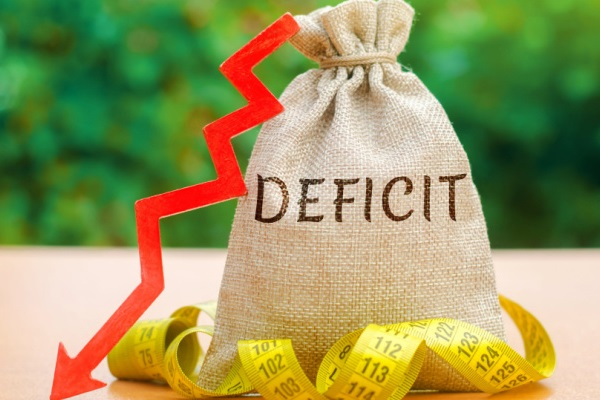



 Subscribe now
Subscribe now 